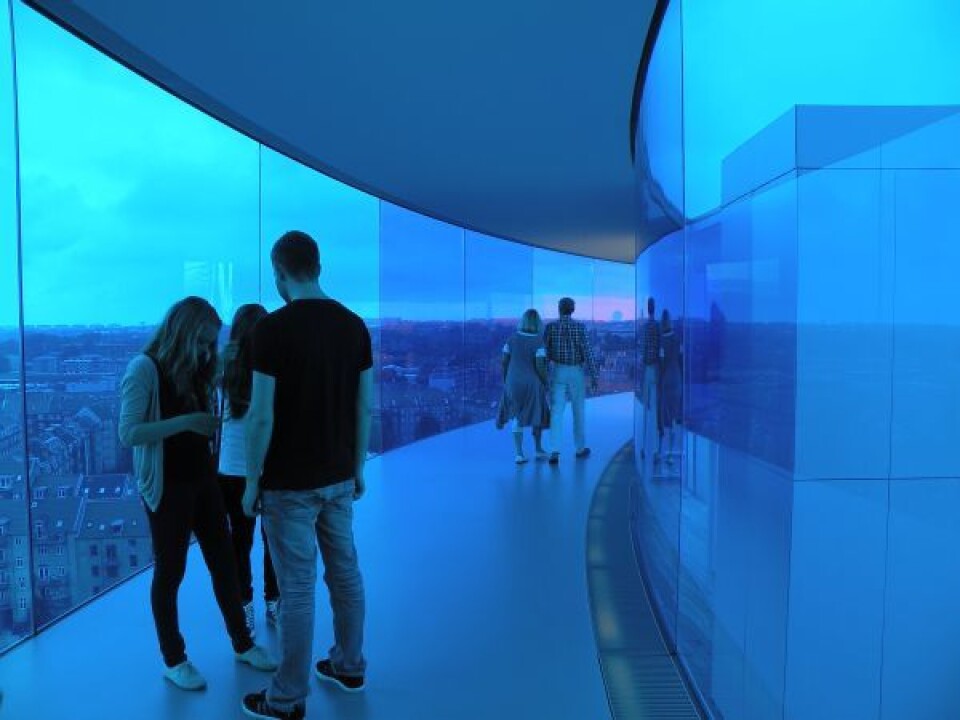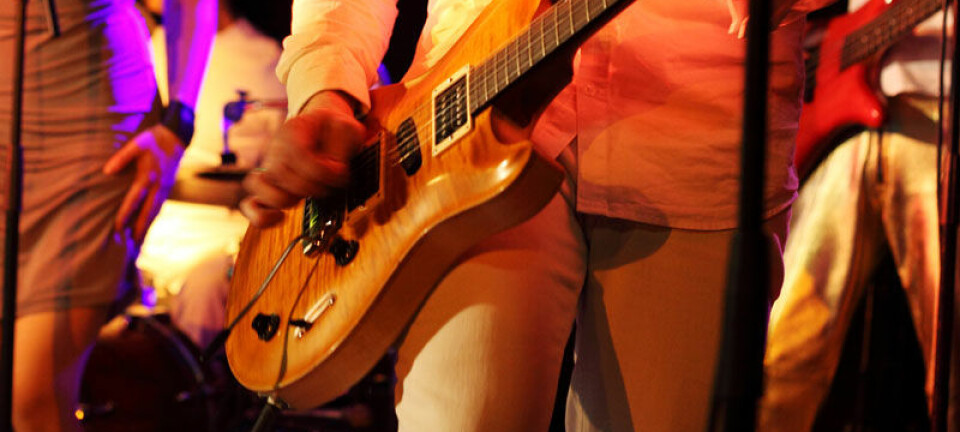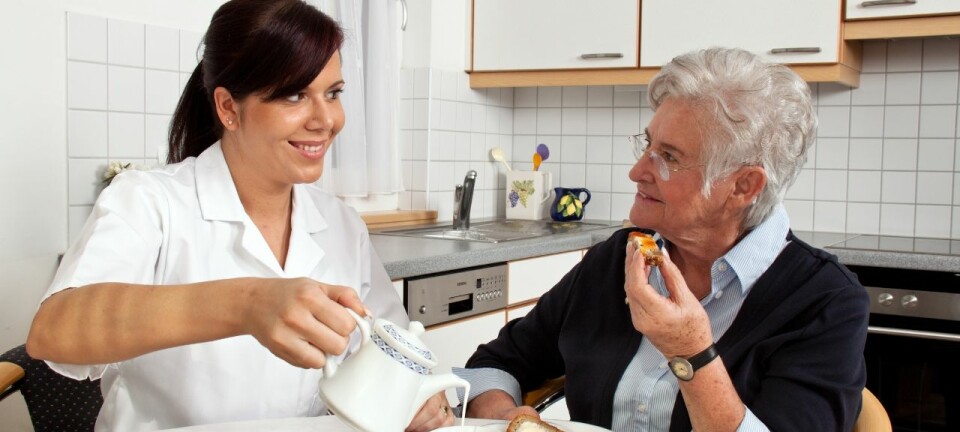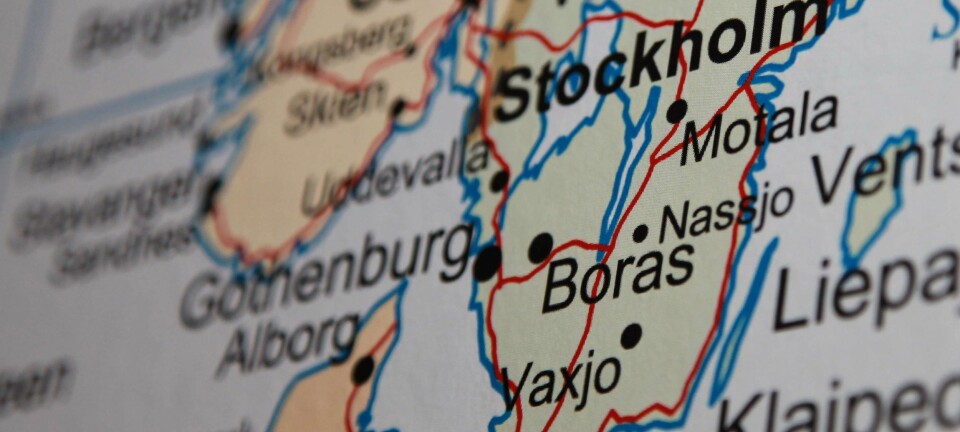
Welfare changed our view on children
The history of the Danish welfare state also tells the tale of how a generous welfare state changed how children are perceived. This can be traced to the changing school architecture.
The way in which children are perceived in Denmark has changed dramatically in the past few decades. This becomes clear if you look at how the welfare state has built and maintained schools and other institutions designed for children.
This message came at the recent research seminar ’Velfærd på Museum’ (‘Welfare at the Museum’) at the National Museum of Denmark. Here, museum researchers and historians discussed how museums can design exhibitions about the welfare society that are interesting to children and adolescents.
”Welfare state institutions are not impersonal – far from it,” said Sune Christian Pedersen, the Head of Ethnographic Collections at the National Museum of Denmaark.
“These institutions form the frameworks of our lives, especially the first and last parts. But whereas we as citizens tend to preserve our memories of our homes – knitted sweaters and photographs – we do not preserve the memories of our welfare state. That, then, must be the collective task of the museums.”
Photos of Danish school life

A special focus of the seminar was the question of how museums can show what role the children have played in the history of the welfare state.
In connection with a major research project, Professor Ning de Coninck-Smith of Aarhus University’s Department of Education has tried to document child care in the welfare state for posterity.
She has travelled across Denmark with a photographer, who has taken photos of the welfare state’s nurseries, holiday camps, playgrounds, housing – and, with a particular emphasis, schools:
”Our view of children has changed over the centuries,” she said. “This becomes clear if you look at the architecture of the welfare state. It tells the tale of people’s everyday lives. Their lives are mewed up in institutions such as schools.”
Socialists: the school is the People’s House
These institutions form the frameworks of our lives, especially the first and last parts. But whereas we as citizens tend to preserve our memories of our homes – knitted sweaters and photographs – we do not preserve the memories of our welfare state. That, then, must be the collective task of the museums.
Changes in the school architecture also tell the tale of how Danes have changed their view on children.
In the 1800s, those in power built schools for the poor working-class children, so that society could teach them how to behave ‘properly’. But during the 1900s the schools turned into something far beyond just disciplining institutions. This happened as the country’s Social Democrats gained more influence and started to build the welfare state.
”In the 1930s, Danish school construction started to become coloured by the wish to turn the schools into cultural institutions, said de Coninck-Smith.
“The school’s new role was to replace the Church’s former role as a meeting place by becoming a kind of ‘People’s House’ in the new suburbs. This led to the construction of schools with large halls that could stage cultural events. It was a prestige project much favoured by the Social Democrats. The new schools signalled that nothing was too good for the poor children.”
Now children can go to the toilet during class
To be on the safe side, the architects designed the toilet seats at a slight angle, so that the kids wouldn’t sit too comfortably and risk falling asleep. But the problem here was that the excrements often didn’t go where they were supposed to go, so the toilets were not particularly attractive.
Despite the new emphasis on the children’s well-being, the view on children back then was different from how it is today. In the 1930s, school pupils had separate schoolyard toilets, while the teachers had their toilets inside the school.
The difference became clear when, in 1960, the new Carl Nielsen School on the island of Funen was completed. This was one of the first schools in which the pupils were allowed to go to the toilet during classes.
Here, the toilets were placed inside the school building, rather than out in the schoolyard.
“This signals a new view of children,” said de Coninck-Smith.
The children were shown more trust, but things did not change from one day to the next:
”To be on the safe side, the architects designed the toilet seats at a slight angle, so that the kids wouldn’t sit too comfortably and risk falling asleep. But the problem here was that the excrements often didn’t go where they were supposed to go, so the toilets were not particularly attractive.”
Today, children’s opinions matter
Today’s welfare state takes children and adolescents much more seriously, which also became clear at the research seminar. A central point on the agenda was the question of how the country’s museums could convince children and adolescents to come in and experience the past – voluntarily.
Professor Kirsten Drotner, the Head of the Danish Research Centre on Education and Advanced Media Materials at the University of Southern Denmark, presented the latest findings in this field.
Drotner’s research group asked children how they would like the ideal museum to be. It turned out that they prefer museums to set the scene for a social experience, similar to a visit to the cinema or a watching a game of football.
The survey also revealed that social media ought to be incorporated into the exhibitions, because this is something that children and adolescents can relate to.
”But the children also said that it’s not all about using the latest technology just for the sake of doing so,” said Drotner.
“Rather, we should use tried and tested methods that work intuitively. They want museums to use the technology to create experiences and to open up for discussion.”
One may be tempted to think that today’s museums are museum pieces in their own right. Whatever the case may be, they do show us how today’s welfare state adapts to children much more than in the old days when it was controversial to build school toilets anywhere else but out in the schoolyard.
-------------------------
Read the Danish version of this article at videnskab.dk









